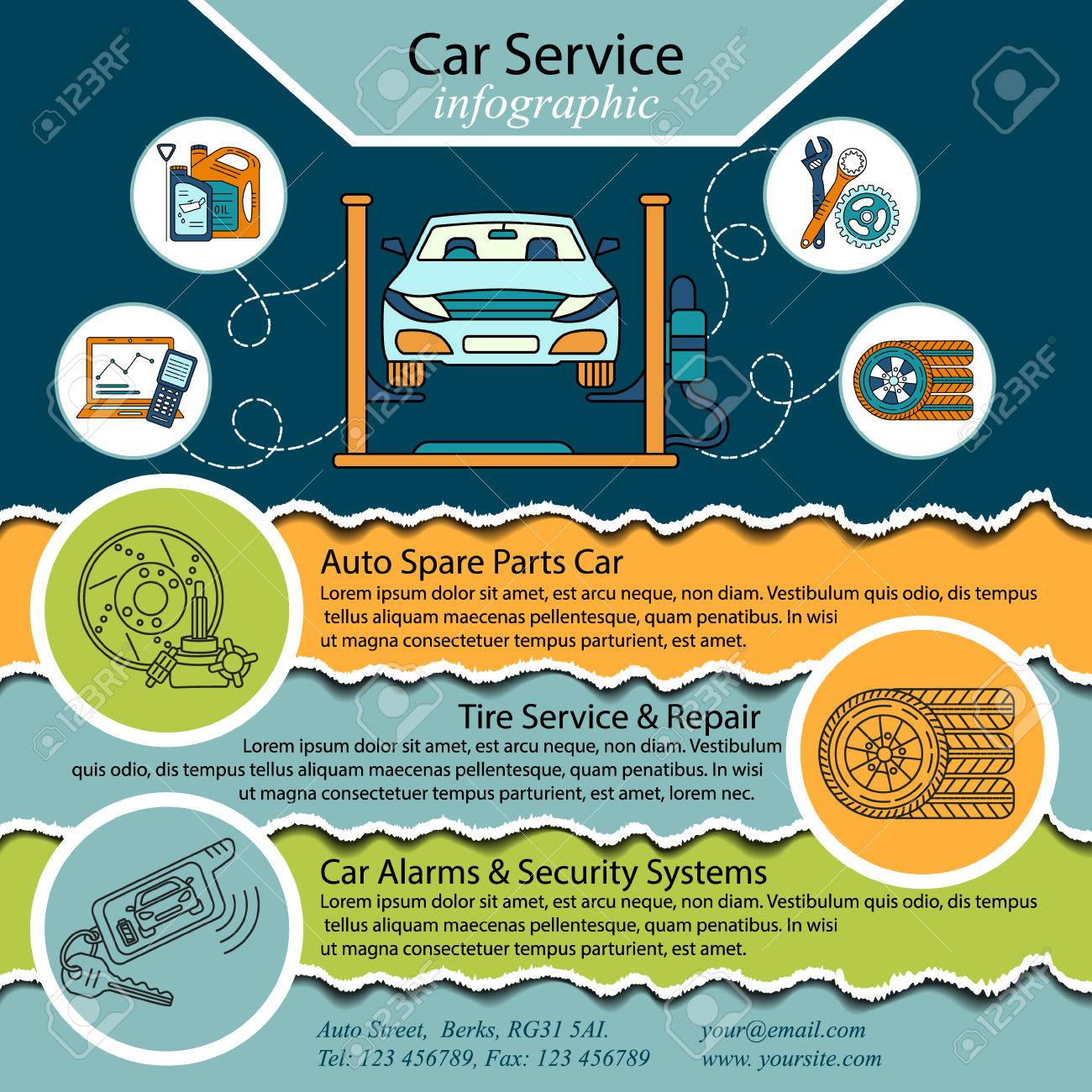Interpreting Your Car'S Alert Lights: Their Real Effects
Interpreting Your Car'S Alert Lights: Their Real Effects
Blog Article
Created By- click the up coming webpage
When you're behind the wheel, those beautiful warning lights on your dashboard can be a bit bewildering. Do https://carbrakesnearme05161.blogofchange.com/30795132/comprehending-the-definition-behind-your-vehicle-s-warning-lighting-a-comprehensive-appearance know what they're attempting to tell you concerning your vehicle's health and wellness? Understanding the relevance of these lights is vital for your safety and the long life of your automobile. So, the following time among those lights turns up, would not you want to decode its message properly and take the needed actions to resolve it?
Common Caution Lighting and Interpretations
Recognize usual caution lights in your vehicle and understand their significances to guarantee risk-free driving.
The most typical caution lights consist of the check engine light, which indicates concerns with the engine or discharges system. If this light comes on, it's crucial to have your vehicle inspected promptly.
The oil stress advising light indicates low oil stress, requiring prompt interest to stop engine damages.
A flashing battery light might recommend a defective charging system, possibly leaving you stranded if not resolved.
The tire stress monitoring system (TPMS) light informs you to reduced tire stress, affecting vehicle stability and gas efficiency. Ignoring this might result in harmful driving conditions.
mobile cut and polish indicates an issue with the anti-lock stopping system, jeopardizing your ability to stop swiftly in emergency situations.
Finally, the coolant temperature level warning light warns of engine getting too hot, which can result in severe damage if not fixed quickly.
Understanding these typical warning lights will certainly help you address issues promptly and maintain risk-free driving conditions.
Importance of Prompt Attention
Understanding the common caution lights in your auto is just the first step; the significance of without delay addressing these cautions can't be emphasized enough to ensure your security when traveling.
When a caution light illuminates on your dashboard, it's your auto's method of connecting a prospective issue that needs interest. Neglecting these cautions can lead to much more serious troubles in the future, endangering your security and potentially costing you much more in repairs.
Trigger attention to warning lights can avoid failures and mishaps. As an example, a flashing check engine light can indicate a misfire that, if left ignored, could trigger damage to the catalytic converter. Resolving https://brake-pads05050.creacionblog.com/30147840/are-you-curious-about-uncovering-the-ways-in-which-automation-and-robotics-are-changing-the-automobile-outlining-sector can save you from a pricey repair service.
Likewise, a brake system warning light might indicate low brake fluid or used brake pads, important components for your safety and security when driving.
DIY Troubleshooting Tips
If you discover a caution light on your control panel, there are a couple of do it yourself troubleshooting pointers you can try before seeking specialist assistance.
The primary step is to consult your cars and truck's handbook to understand what the details caution light suggests. In some cases the issue can be as easy as a loosened gas cap causing the check engine light. Tightening the gas cap may solve the issue.
One more common concern is a low battery, which can cause various alerting lights. Inspecting the battery connections for corrosion and ensuring they're safe and secure might deal with the problem.
If a warning light lingers, you can try resetting it by disconnecting the automobile's battery for a few minutes and then reconnecting it. Furthermore, examining your vehicle's liquid levels, such as oil, coolant, and brake fluid, can help troubleshoot alerting lights associated with these systems.
Final thought
Finally, recognizing your automobile's warning lights is important for maintaining your automobile running efficiently and securely. By immediately addressing these notifies and recognizing what they suggest, you can avoid expensive repair work and prospective failures.
Remember to consult your vehicle's guidebook for particular details on each warning light and act as necessary to make sure a hassle-free driving experience.
Stay informed, remain safe on the road!
